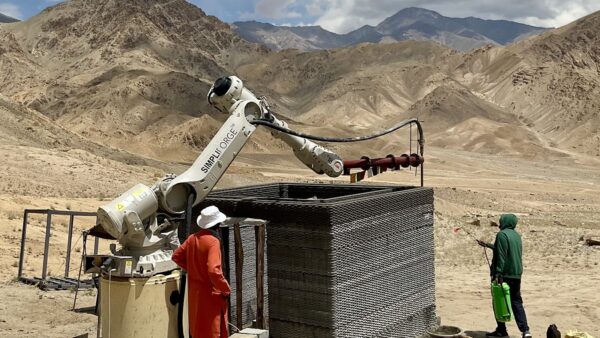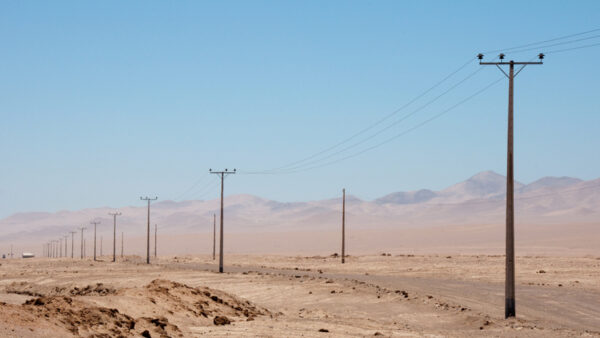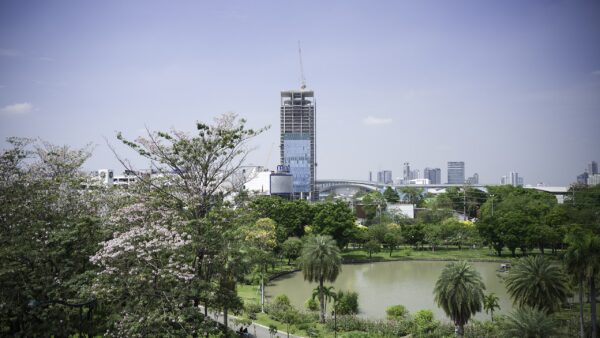
Chinese officials have revealed more details of its plan to build an International Lunar Research Station (ILRS) on the Moon.
The aim is to build a base near the satellite’s south pole at the centre of a 100km-radius zone of investigation. The deadline for this element of the scheme is 2035. By 2050, the ILRS will expand into a network of research facilities at the Moon’s stretching to the equator and the “far side”.
This will include communications systems, power generation and other infrastructure. A concept animation was released by the China National Space Administration, and can be seen here:
First proposed by China and Russia in 2017, the ILRS will mainly be operated by autonomous robots of one kind or another, with humans dropping in for short stays.
A space station will also be placed in lunar orbit to serve as a transport hub for materials passing back and forth between the Moon and Earth.
The plans were outlined by Wu Yanhua, the vice administrator of China National Space Administration and the lead designer of its space exploration programme. He was speaking last Thursday at the Deep Space Exploration Conference, which is being held in the city of Huangshan in east-central China.
In a press statement, the State Council of the People’s Republic said the initiative was “paving the way for a new era of global space collaboration, drawing in developing countries without their own space missions and igniting widespread enthusiasm for participation”.
Next steps
In preparation for the construction of the bases, China is poised to launch a number of missions to the lunar south pole. These will comprise the Chang’e-7 mission in 2026 and Chang’e-8 in 2028.

Chang’e-7 will carry a hopper designed to search for water ice in the shadowed craters, and Chang’e-8 will try to find out what can be done with in situ resources, such as whether bricks can be printed from lunar dust.
The South China Morning Post reported yesterday that Chinese scientists plan to send bricks made from simulated lunar soil into space to test whether they can be used to build the base.
They will be sent into the space from the Tiangong space station next month on the Tianzhou-8 cargo spacecraft.
In a three-year experiment, scientists will observe how the samples degrade under radiation and temperature changes.
Ding Leiyun, a scientist at Hauzhong University of Science, told the paper: “We can bake the bricks to a strength of 100 megapascals here on Earth, which is much harder than concrete.”
The research, however, is needed to determine whether they can withstand the harsh environment on the Moon.
International participation
A number of other countries are participating in the programme. On Thursday, Senegal agreed to become a co-developer of the programme, joining Russia, Venezuela, Belarus, Pakistan, Azerbaijan, South Africa, Egypt, Nicaragua, Thailand, Serbia and Kazakhstan.
Other organisations that signed memorandums of understanding during the two-day conference included the South African Radio Astronomy Observatory, the Space Science Innovation Centre of Panama, the Belgrade Observatory, the National University of Sciences and Technology of Pakistan and the University of Bandar Lampung in Indonesia.
Additionally, companies such as the UAE’s Orbital Space and Switzerland’s Spacetalk signed agreements.
In total, China is hoping to attract 50 countries, 500 research institutions, and 5,000 scientists over the next 10 years.
- Subscribe here to get stories about construction around the world in your inbox three times a week.
Further reading:










